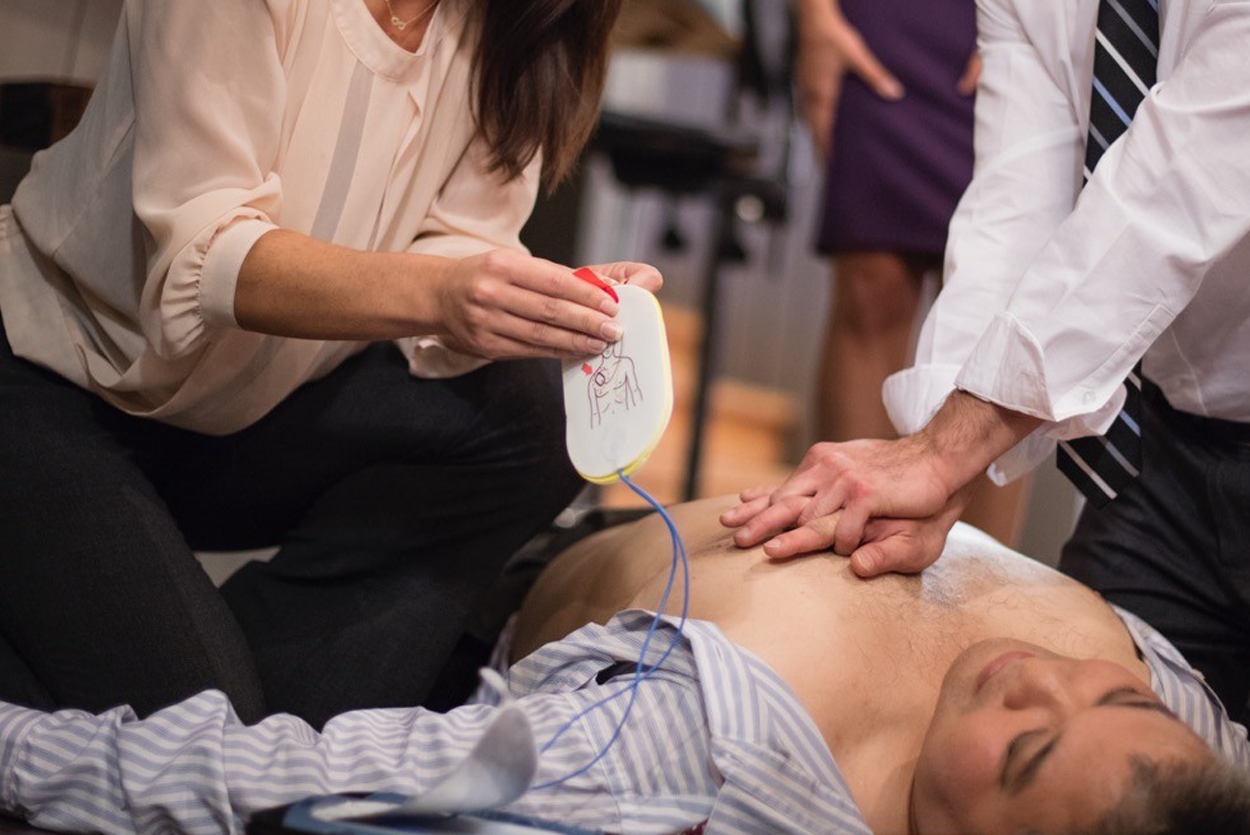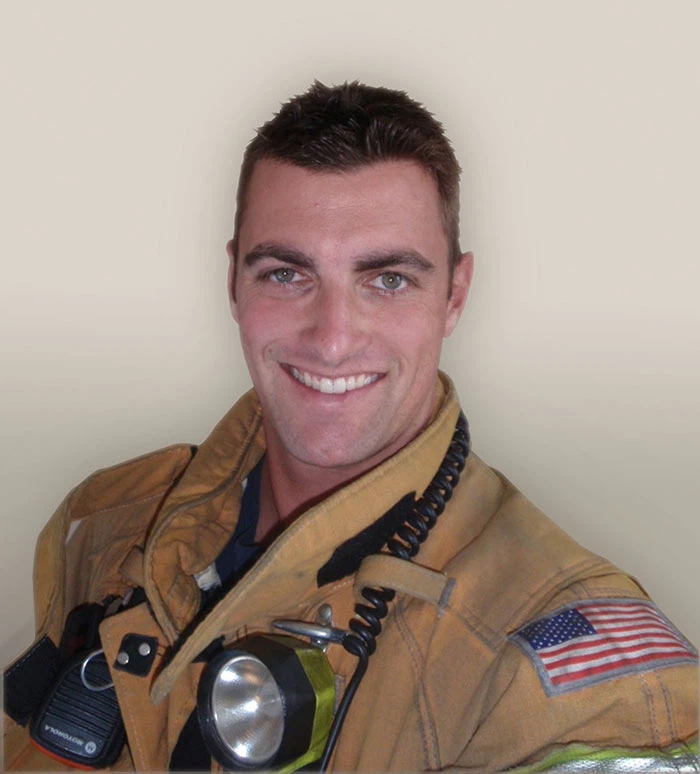
The Ultimate CPR Guide
Everything You Need to Know for Adult, Child, Infant and Pet CPR 5 Steps to Performing CPR:
CPR is an emergency procedure used to restore heart function during cardiac arrest. By administering CPR, you can help double or even triple a cardiac arrest victim’s chance of recovery. Become a lifesaver in your community and be empowered to aid cardiac arrest victims by learning CPR.

Cardiopulmonary Resuscitation, also known as CPR, is a set of techniques used to treat unconscious victims of cardiac arrest. CPR can help improve the victim’s chance of survival when the rescuer intervenes quickly and effectively.

Don’t leave an emergency up to chance.
You never know when you’ll be at the scene of a cardiac emergency. With just a few hours of your time, you’ll learn the skills necessary to save a family member or neighbor’s life through CPR. Take a training course and become CPR certified today.

Have you already taken a CPR certification course?
Don’t let your certification expire. Be sure to complete a CPR renewal course every two years to maintain your credentials. It’s easy with SureFire CPR’s comprehensive renewal courses.

You can master the techniques of CPR and be ready for an emergency with a CPR class from SureFire CPR. The skills you learn will give you the confidence to act and save the lives of your family, friends, and neighbors.

If you work in a preschool or daycare there is a unique certification you need to be compliant. Get the EMSA approved course now.

Keep your workplace safe with group CPR training. Your entire staff or team can get trained at once thanks to our convenient on-site group training.

I spent 15 years as a firefighter and paramedic, and I think everyone should learn CPR…
Because CPR is most effective when it’s performed immediately. It’s not the firefighters, paramedics, or nurses who save lives, it’s the bystanders. According to the AHA, only 46% of cardiac arrest victims receive immediate help. As a bystander, you can use CPR to help a victim of cardiac arrest stay alive until first responders like myself arrive on the scene. Every second counts. I started this company to empower bystanders because it is their quick action that makes the biggest difference between life and death.


Everything You Need to Know for Adult, Child, Infant and Pet CPR 5 Steps to Performing CPR:

Imagine your patient presents with no pulse. You begin CPR and hook the patient up to your

Importance of Storm and Flood Preparedness Floods are the most common natural disaster in the US, so
CPR stands for cardiopulmonary resuscitation.
The 3 main parts of CPR can be easily remembered as “CAB”. This stands for compression, airway, and breathing.
There are many components to successful high-quality CPR, including chest compressions with minimal interruptions, proper hand placement, appropriate ventilation, and adequate compression depth.
The AHA guidelines recommend a compression rate of at least 100-120 compressions per minute for adults, children, and infants.
You should continue CPR until the victim starts to breathe or wakes up, you have finished 2 minutes of CPR and are switching compressors, the AED advises you to “Stop CPR,” the scene becomes unsafe, or you become too tired and cannot continue.